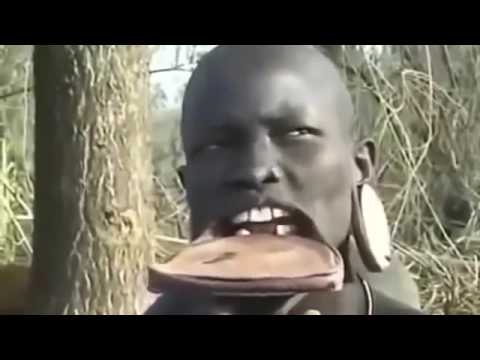Meeting tribal women in Africa tour tribes life
Uncontacted people, also referred to as isolated people or lost tribes, are communities who live, or have lived, either by choice (peoples living in voluntary isolation) or by circumstance, without significant contact with global civilization. Few peoples have remained totally uncontacted by global civilization. Indigenous rights activists call for such groups to be left alone, stating that it will interfere with their right to self-determination.[1] Most uncontacted communities are located in densely forested areas in South America, New Guinea, India, and Central Africa. Knowledge of the existence of these groups comes mostly from infrequent and sometimes violent encounters with neighboring tribes, and from aerial footage. Isolated tribes may lack immunity to common diseases, which can kill a large percentage of their people after contact.
Uncontacted tribes are a source of fascination in “contacted” society, and the idea of tour operators offering extreme adventure tours to specifically search out uncontacted people has become controversial.
It is believed that the last group of uncontacted native peoples in North America were the Lacandón people, discovered in the early part of the 20th century. Both Ishi’s Yahi family, and the Lacandón Maya, were aware of European colonization and the civilization that had developed from it, but purposefully avoided any direct contact, preferring to interact only with other native peoples.
The Uncontacted Indians of Peru
There are an estimated 15 uncontacted tribes living in the Peruvian Amazon, all face catastrophe unless their land is protected
Survival has been calling on the Peruvian government to protect land inhabited by uncontacted tribes since the 1970s.
Today, five reserves have been created for uncontacted tribes, and Peru has ratified laws that uphold the tribes’ right to be left alone.
But now the threats are greater than ever. Illegal loggers and miners are invading the forest, and oil and gas concessions cut across more than 70% of Peru’s Amazon region.
We’re campaigning to ensure the government upholds uncontacted tribes’ right to their land and prevents outsiders from invading it.
source

Leave a Reply